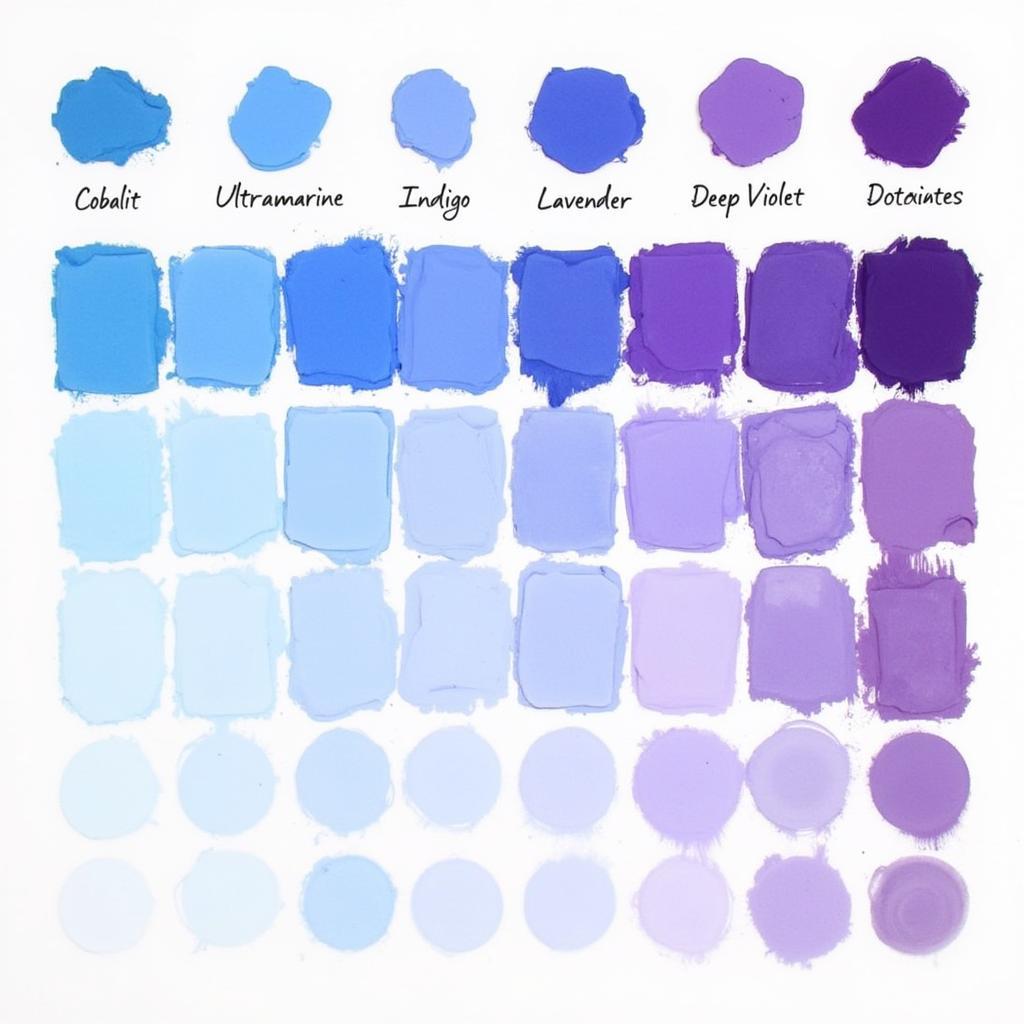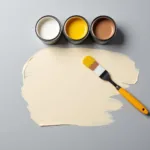Mixing colors is a fascinating journey into the world of art and design. It’s the foundation of creating stunning visuals, whether you’re painting a masterpiece or simply choosing the perfect shade for your living room. And one color that often sparks curiosity is purple. So, what two colors mixed together make purple? The answer lies in the beautiful combination of red and blue.
Knowing which two colors make purple opens a world of possibilities for your creative projects. what colors are mixed to make purple and discover more about the magic of color mixing!
Decoding the Purple Puzzle: Red and Blue
The most common way to create purple is by mixing red and blue. However, the exact shade of purple you achieve depends on several factors. These include the specific red and blue hues you use, the ratio of each color, and even the type of paint or medium you’re working with. For instance, mixing a warm red, like crimson, with a cool blue, like ultramarine, will result in a different purple than mixing a cool red, like alizarin crimson, with a warm blue, like cerulean.
Exploring Different Shades of Purple
The world of purple is vast and vibrant, encompassing a wide spectrum of shades from the delicate lavender to the rich, regal violet. These variations arise from adjusting the proportions of red and blue in your mixture. Adding more blue will shift the purple towards a cooler, bluer tone, while adding more red will create a warmer, redder purple.
 Mixing Red and Blue to Create Different Shades of Purple
Mixing Red and Blue to Create Different Shades of Purple
Beyond the Basics: Influencing Factors
Several factors can influence the final purple hue you create. The type of paint, whether it’s acrylic, oil, or watercolor, can affect the intensity and vibrancy of the color. The surface you’re painting on can also play a role. For example, a porous surface might absorb more of the paint, leading to a slightly different color than a non-porous surface.
What colors together make blue? Dive deeper into the world of color mixing and discover the primary components! what colors together make blue
Tips for Mixing the Perfect Purple
- Start with small amounts: Begin by mixing a small amount of each color, gradually adding more until you achieve the desired shade. This gives you greater control over the final color and prevents waste.
- Test on a separate surface: Before applying your mixed purple to your final project, test it on a separate surface to ensure it’s the exact shade you want. This can save you from having to repaint later.
- Keep track of your ratios: If you create a purple shade you particularly love, note down the exact ratios of red and blue you used. This allows you to recreate the color easily in the future.
What Colors Do Blue and Purple Make?
Mixing blue and purple creates a deeper, richer shade of purple, often veering towards indigo or violet. The exact result depends on the shades of blue and purple you start with. This technique is great for adding depth and complexity to your artwork or design project.
Learn more about the intriguing combinations that blue and purple can create. what colors do blue and purple make It’s a captivating exploration of color mixing.
 Exploring Different Shades Achieved by Mixing Blue and Purple
Exploring Different Shades Achieved by Mixing Blue and Purple
The Magic of Color: Expert Insights
“Understanding the interplay of colors is crucial for any artist or designer,” says renowned color specialist, Anya Sharma. “Mixing your own colors empowers you to achieve unique shades and personalize your creations.”
Another expert, David Miller, a master painter with decades of experience, adds, “Don’t be afraid to experiment with different ratios and color combinations. The joy of mixing colors lies in the discovery process.”
Conclusion
So, what two colors mixed together make purple? The simple answer is red and blue. However, the journey to creating the perfect purple is a fascinating exploration of color theory and practice. By understanding the interplay of red and blue, you can unlock a vast spectrum of purple hues and bring your creative visions to life. Now, it’s your turn to experiment, explore, and discover the magic of color mixing! Remember, at Color Box Hanoi, we’re passionate about helping you transform your spaces with the perfect palette.
FAQ
-
Can I make purple with other colors besides red and blue? While red and blue are the primary colors used to make purple, some other combinations, like magenta and cyan, can also create variations of purple.
-
What is the difference between violet and purple? Violet is a spectral color, meaning it appears on the visible light spectrum. Purple is a non-spectral color, created by mixing red and blue.
-
What’s the best way to mix purple for acrylic painting? Use artist-grade acrylic paints for the best results. Start with a small amount of each color and gradually mix them together on your palette.
-
How can I make a lighter shade of purple? Add white to your purple mixture to create lighter tints, such as lavender or lilac.
-
How can I make a darker shade of purple? Add black or a darker shade of blue or red to your purple mixture to deepen the color.
-
What is the complementary color of purple? Yellow is the complementary color of purple.
-
Where can I learn more about color mixing? Numerous online resources and books offer in-depth information on color theory and mixing techniques.
What do all colors mixed together make? Explore the intriguing outcome of combining all the colors in the spectrum! what do all colors mixed together make Looking for tips on how to create blue? Find out the different ways to achieve this primary color. what two colors mixed together make blue
Need support? Contact us 24/7: Phone: 0373298888, Email: [email protected], or visit us at 86 Cau Giay, Hanoi.
